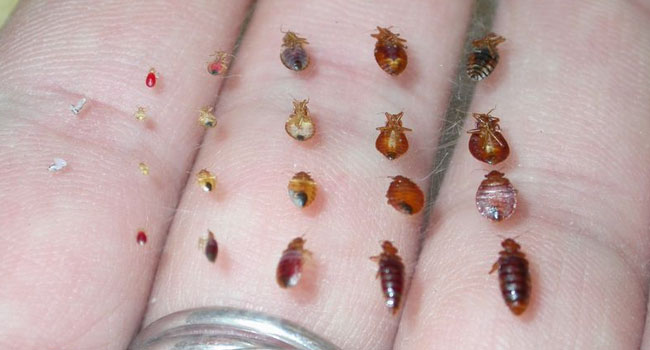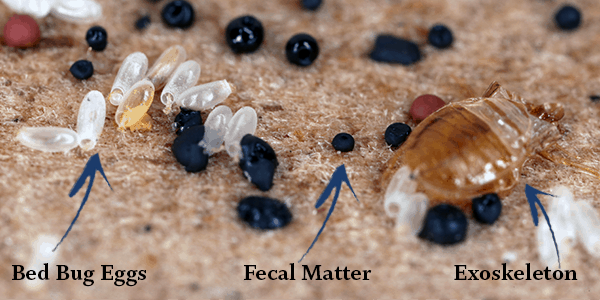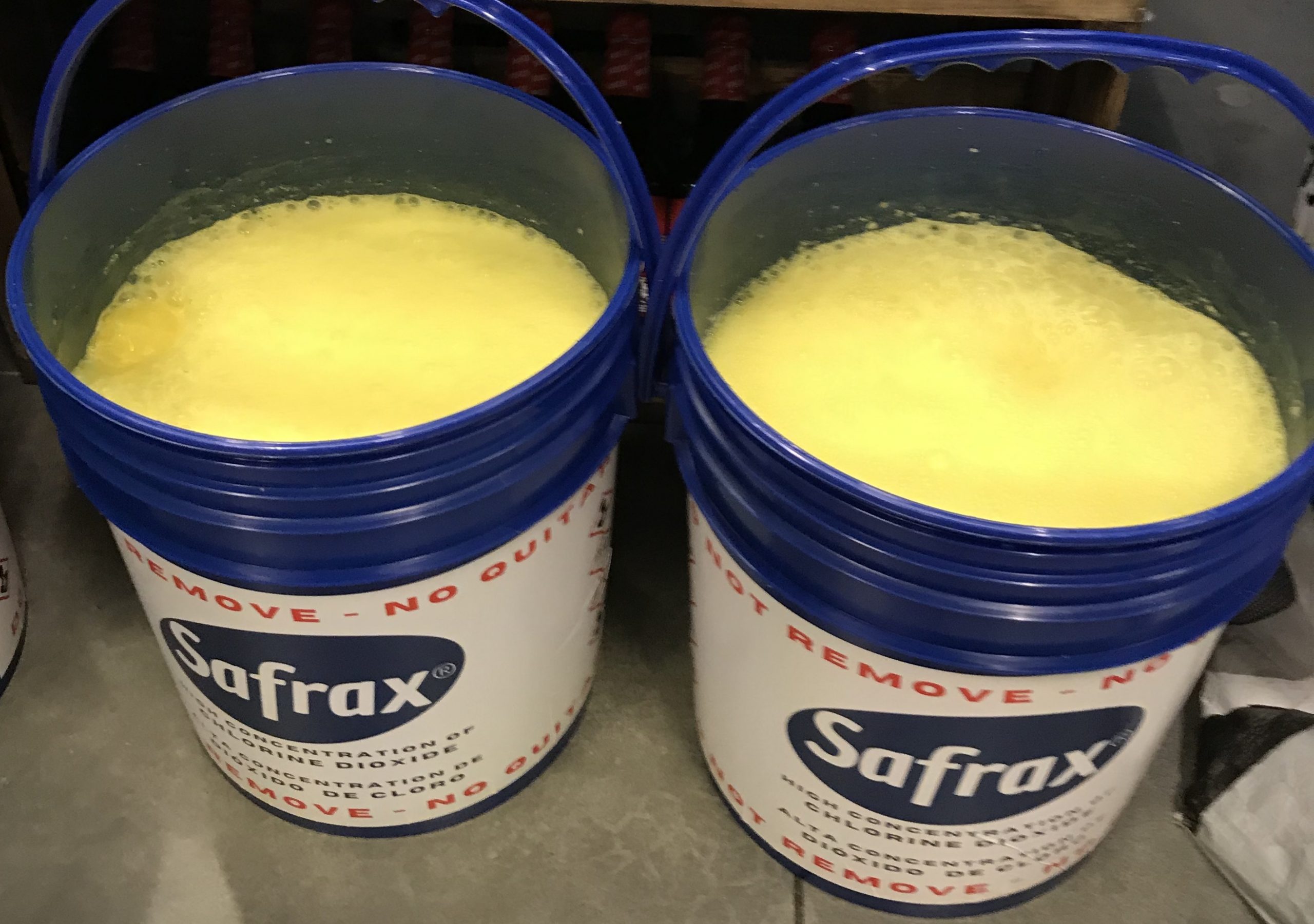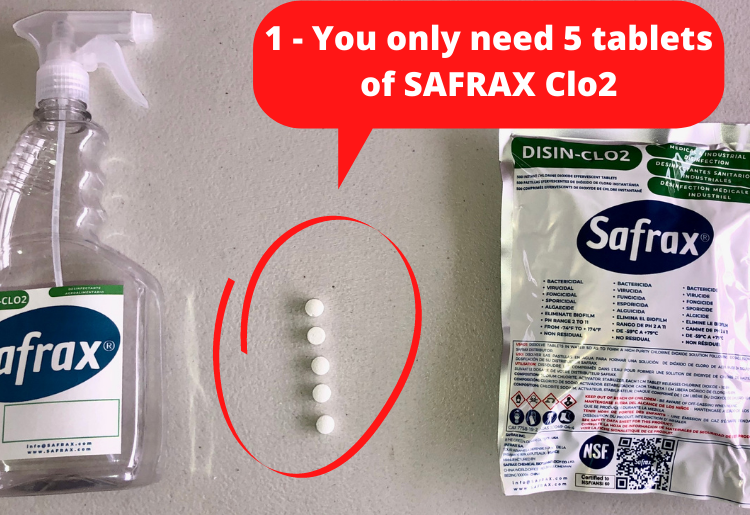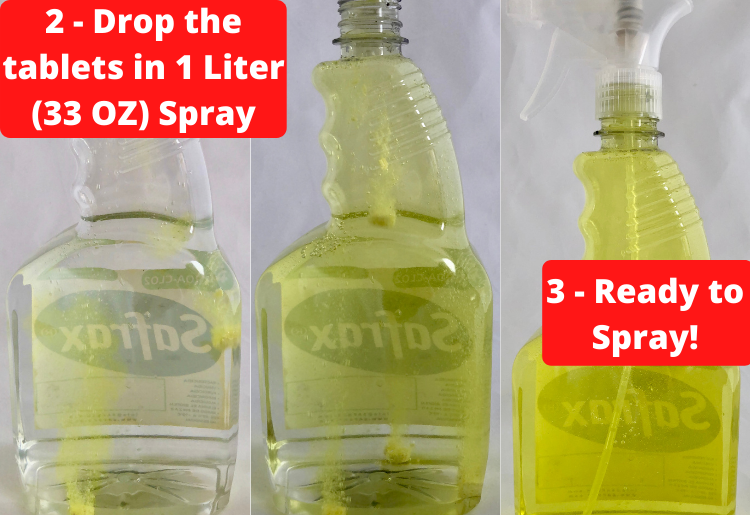Uncategorized
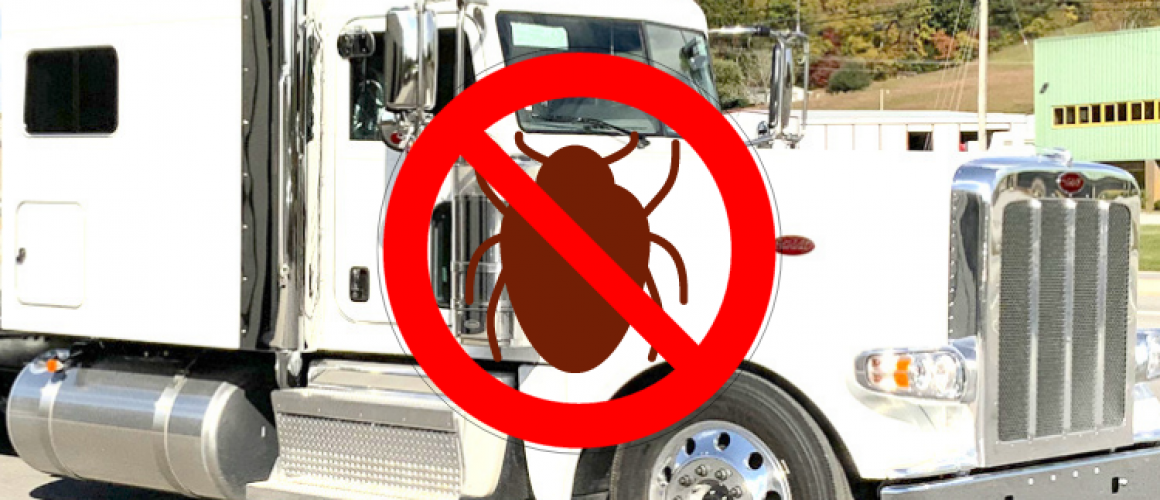
How To Get Rid of Bed Bugs From Truck Cabin?
Chlorine Dioxide Sanitizing Disinfecting Trucks Cabs Bed Bugs
Bed bugs are making a big comeback and have been reported by pest control companies that there is a 70% increase in bed bugs related activities in public places. Today, you are likely to find a bed bug infestation in homes, movie theaters, office buildings, and in your pickup trucks. Today, these bloodsucking bugs are just about everywhere. Scientifically known as Cimicidae, the parasites feed on warm-blooded animals and that also includes humans. These creatures prefer to invest inside places when people spend most of the time either sitting or sleeping. Bed bugs are more likely to be found in wooden sleeping platforms, mattresses, pillows, comforters, etc.
Identifying Bed Bugs
These creatures are flat or oval shaped without having hind wings. These are reddish to light brown in color and can grow up to 6 mm long and 3 mm wide. They will also have minuscule hairs on their abdomen.
If you have recently visited a busy place such as a hotel, camps, or bought a few used furniture you should be on the lookout for the signs of infestation. You should start by looking into your truck bed mattress, sleeping platforms, pillows, etc. You should also check under your cab seats.
Take a closer look at cluttered places as this is where they will be hiding for the most part. Moreover, you should know that they don’t live in nests, but they do like to stay close to each other.
Other infestation signs include bites on your body, dark spots, blood stains, and other excreta deposits in the cabin. If you also see flakes which are translucent exoskeletons. If you notice eggs in your cabin, you should immediately prevent them from hatching.
Breeding Habits
They prefer warm and humid spots where they start breeding. The breeding process is where the male bed bugs slash the abdomen on female bugs to inject sperm. Then there are three life stages that they go through from being in an egg to grow into an adult.
Like almost all insects, they start out in an egg which is laid by an adult female. The females can produce up to 8 eggs at a time and can produce up to 500 eggs in their lifetime. The eggs are about 1mm long and are laid in clusters. These eggs have a sticky residue that gets attached to the surface. Thinking of the fact that these eggs will produce more females who then will produce more eggs, making in exponential growth in their infestation rate once they get into the vehicle.
Common Sources of Bed Bugs
Are Bed Bugs Pesticide Resistant? They Are Headed That Way
How is created bed bug resistant population.
There is a population of bed bugs and treatment is done using Product A. 95% percent of the population is eliminated but 5% of the population was unaffected/immune to the treatment. The unaffected bugs continue to multiply and reproduce and a few months later another treatment is done with Product A. This time only 50% of the population is eliminated, and the unaffected bed bugs continue to multiply. Months pass and another treatment is provided using “Product A”; this time only 25 percent of the population dies. Months pass and another treatment is provided using “Product A”; this time only 5 percent of the population dies and the bed bugs rejoice. This describes how a population has become resistant to Product A.
Chlorine Dioxide in GAS (high concentration) is becoming a better way at killing bed bugs.
How To Get Rid of Bed Bugs From Truck cabin with Safrax Chlorine Dioxide?
- Removal of all food and drinks from the cab.
- Close all windows and vents.
- Open the refrigerator and all cabinets in the truck and sleeper berth.
- Visible signage should be placed in the window warning not to enter the truck, and that a treatment is taking place.
- A bucket with one gallon of water is placed on the bunk and another with one gallon of water on the floor with a battery-operated aerator (optional) placed into the buckets. You could also only use one bucket of one gallon with larger amount of SAFRAX Chlorine Dioxide.
- Turn on the aerator and place a 100 gram of SAFRAX Chlorine Dioxide ClO2 tablet into each pail.
- Exit the truck cab immediately and close the doors.
- Sealed the doors with mask tape if possible, and leave for minimum for 5 hours, leaving overnight is ideal. (24 hours if you don’t use an aerator).
- When the process is complete, air our for 1 hour, you can let the AC run for an hour.
03/30/2020 Update from the American Trucking Associations / Technology & Maintenance Council (TMC) on Chlorine Dioxide:
TMC (www.tmc.trucking.org) , pushed forward a Recommended Practice RP 443 update approving the use of chlorine dioxide (ClO2) to combat Bed Bug infestation in a truck cab.
Recommended Practice RP 443 showed ClO2 is “100% effective” in the removal of bed bugs, with the additional benefit of “complete odor removal.”
RP 443 protocol also update on cleaning and sanitizing truck cabs to prevent covid-19 virus using chlorine dioxide (clo2).
See our latest article about the RP443, click here.
TMC has a COVID-19 community forum open to all TMC members. This forum provides full details on the processes and updates to RP 443 mentioned in this article.
SAFRAX is offering training and support for the cleaning methods.


